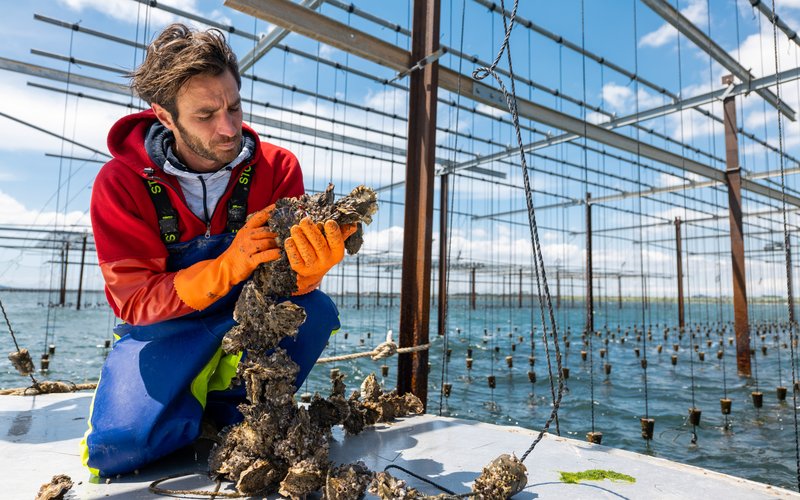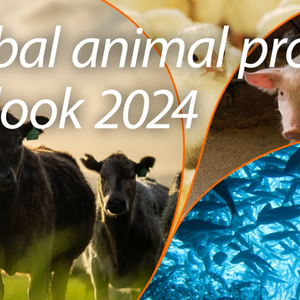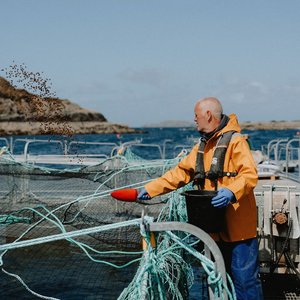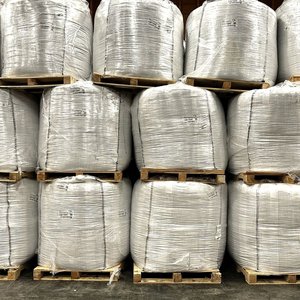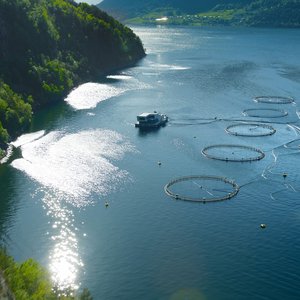The State of Mediterranean and Black Sea Fisheries 2023 report (SoMFi 2023) is the flagship publication of the General Fisheries Commission for the Mediterranean (GFCM) of the Food and Agriculture Organization of the United Nations (FAO). For the first time, this year’s report also includes data on the region’s marine aquaculture sector.
Fisheries and marine aquaculture generate revenues of more than USD 20 billion
The GFCM, a regional fisheries management organization, is responsible for wild capture fisheries and marine and brackish water aquaculture across the Mediterranean and the Black Sea. Fisheries and aquaculture together produced nearly 2 million tonnes of seafood in 2021, figures in SoMFi 2023 show. Economically, the two played an equally important role, generating revenues of more than USD 20 billion and supporting 700,000 jobs along the value chain.
“This special edition of SoMFi paints a complete picture of this vital sector, reinforcing just how important it is for livelihoods, food security and nutrition in our region,” said GFCM Executive Secretary Miguel Bernal. “We have worked intensely with the countries and their experts to collect and aggregate the best-quality data, and this is what makes SoMFi a key tool to support decision-making and monitor progress towards achieving sustainable fisheries and aquaculture in the Mediterranean and Black Sea.”
Aquaculture is a rapidly growing sector
SoMFi reports that, in contrast to capture fisheries, the region’s marine aquaculture sector is growing significantly. Marine and brackish water aquaculture production has nearly doubled over the last decade, increasing by 91.3%, with revenues also up by 74.5%.
The three main production methods used in the region are marine cages, ponds, and suspended culture, while the most commonly farmed species are gilthead seabream, European seabass and Mediterranean mussel.
Türkiye, Egypt and Greece are, in this order, the three largest regional producers, together accounting for 71% of the total volume.
This special edition of SoMFi arrives just one year after the previous SoMFi. It communicates its findings in a condensed format and sets the series on a new biennial cycle, with the next release scheduled for 2025.
Download the report here.


